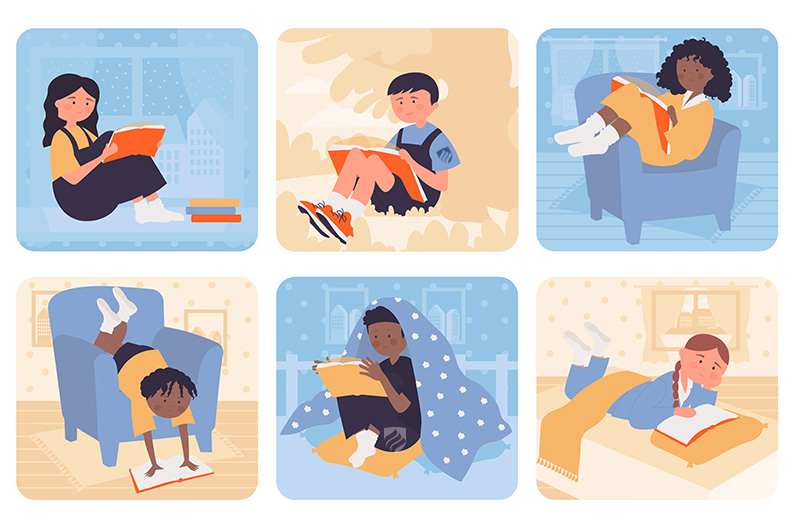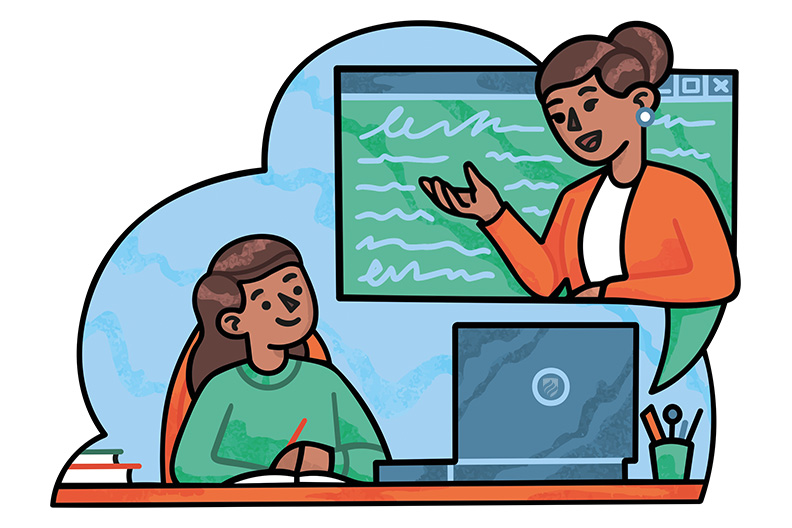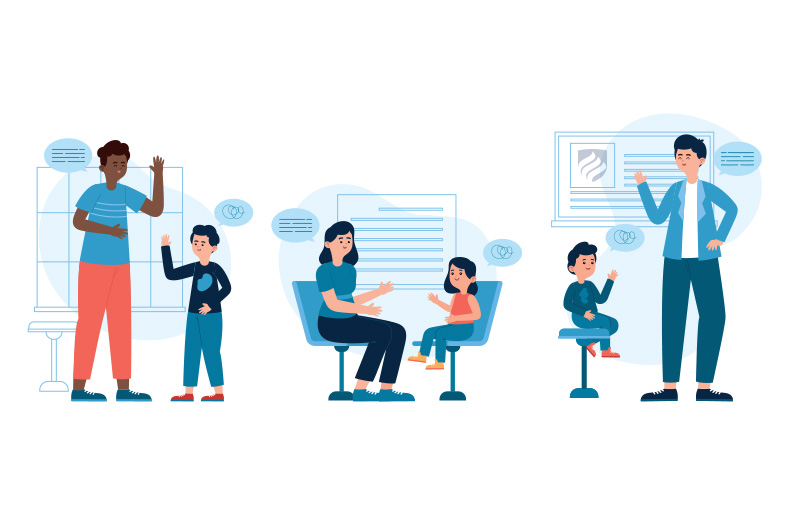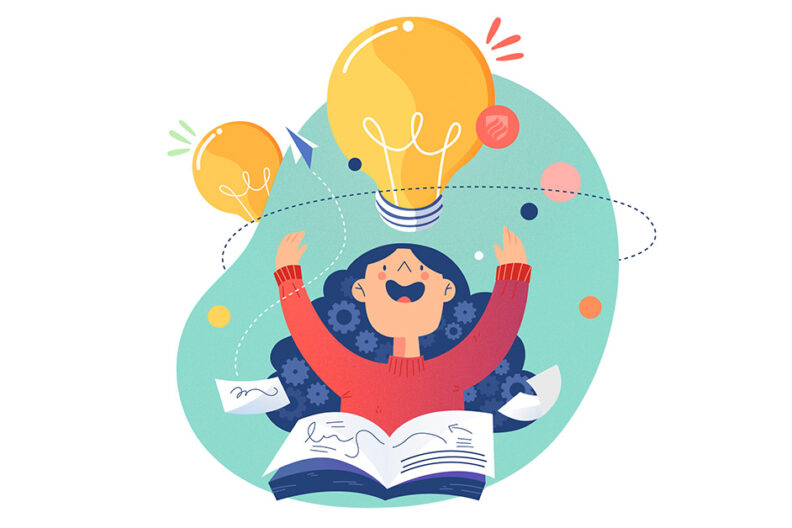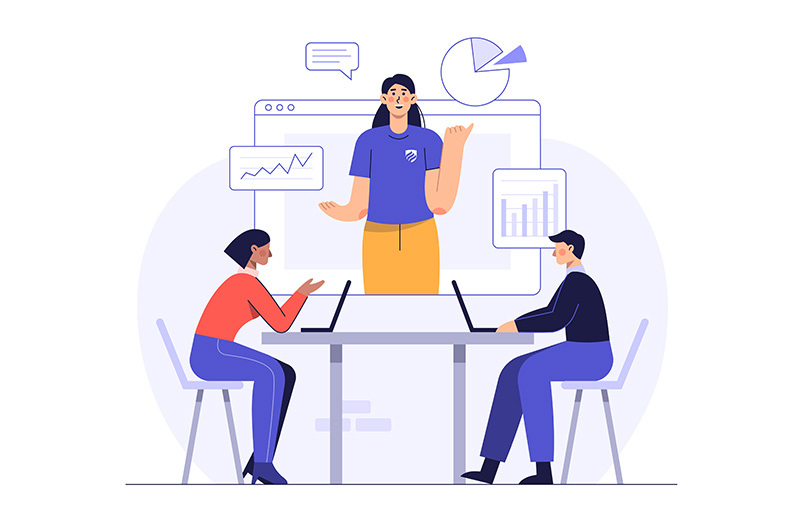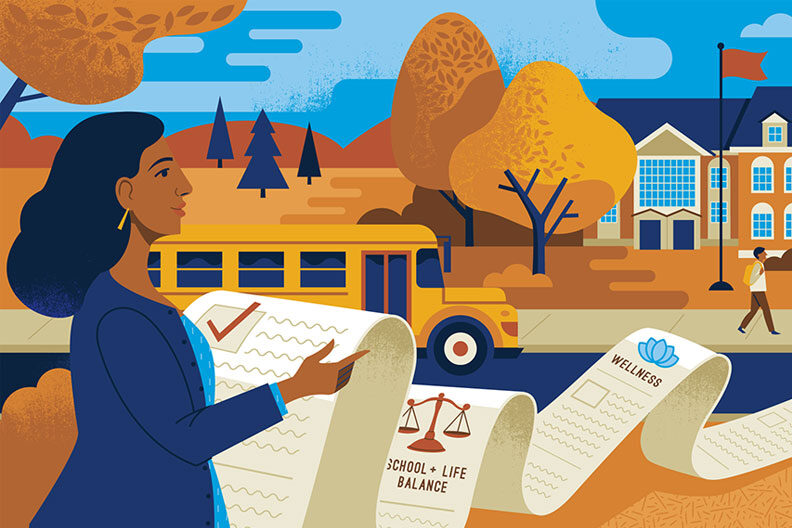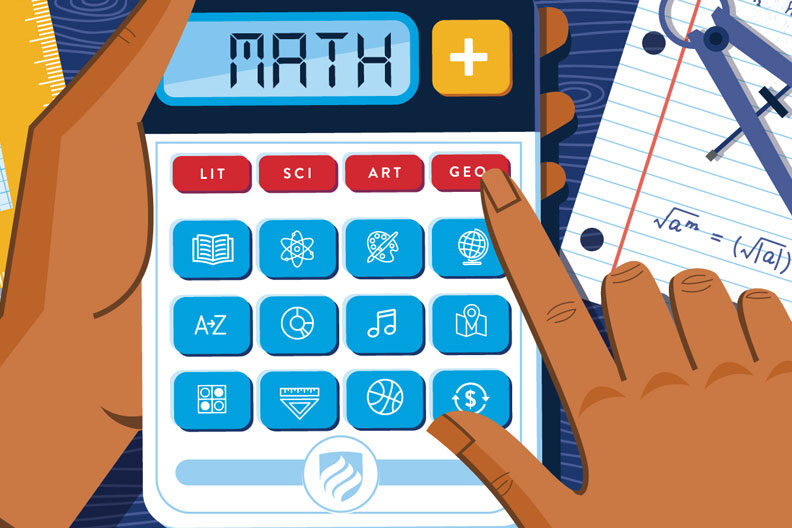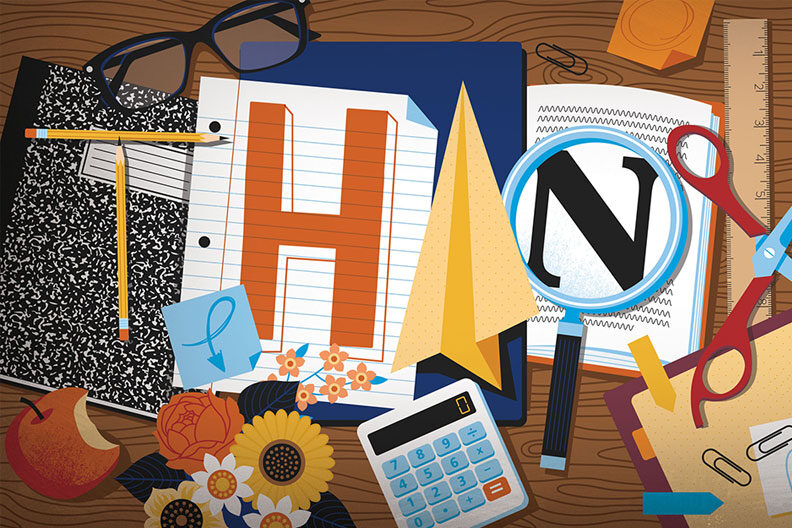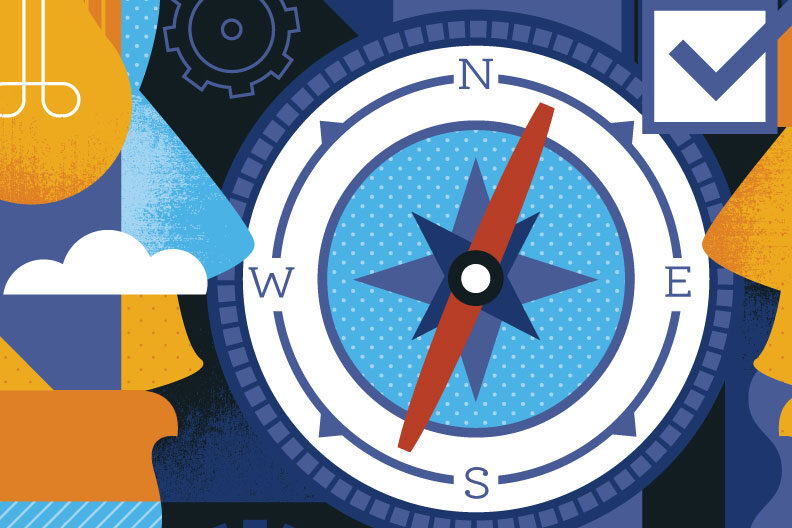Virtual Learning Is the Way Forward for Educators
CHALKING THE LINE | BY DEBRA MEYER | 6 MIN READ
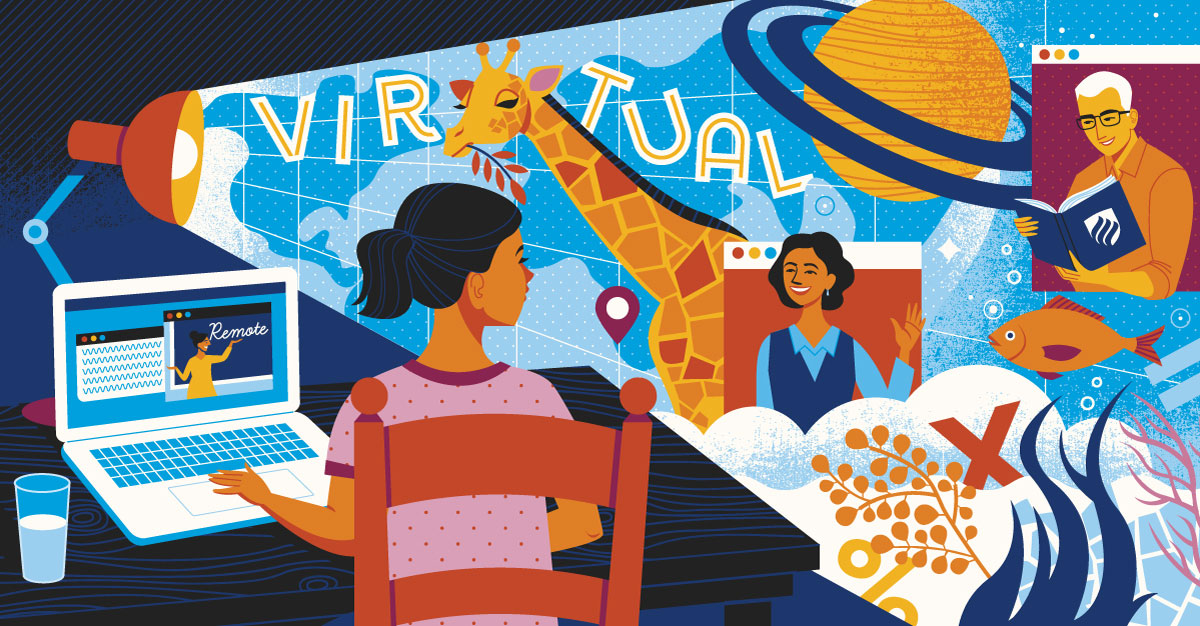
One of the major consequences of our response to the COVID-19 pandemic has been a disruption to traditional classroom learning and instruction. And yet, in many ways, the move to remote learning has highlighted what’s essential in the classroom (and what’s not).
The transition was not easy. A national health emergency in the spring forced the move online, and although educators had more time to plan for online and hybrid classes this fall, they faced many unknowns: changing rates of infection, chaotic decision-making, and more.
But if we examine what we are teaching and how we are teaching it, rather than when and where we are teaching, the pandemic has revealed possibilities we had not considered before.
We need to embrace new ways of teaching. We need to stop wishing we were back in a traditional classroom and focus our energy on more powerful learning possibilities and teaching strategies that are now in front of us.
We have learned a lot by going remote, but we could enhance our teaching even more if we leaned into virtual learning. The virtual approach is one we can—and should—take back to the physical classroom when we all return.
What Have We Learned from Going Online?
For me, remote learning has meant trying to re-create the traditional classroom online. Remote learning attempts to reproduce the organization, materials and activities in a different physical space. For example, most schools have continued to organize teachers and students in class groupings and follow modified school schedules, trying to replicate traditional teacher and student interactions in “Zoom classrooms.”
Many teachers have been creative in their remote classroom practices and these educators are to be celebrated. Their efforts highlight the essential learning interactions. For example:
- The importance of student-teacher relationships. Simple practices like greeting students and being authentic help to build these relationships, as this video celebrates.
- The value of student-to-student interactions. Teachers have successfully re-created many of the small-group student learning structures that support collaborative and higher-level learning, as seen in these breakout room examples.
Such remote learning success stories reveal the power of teacher imagination and the importance of innovation when adapting to change.
But what will happen to these remote teaching practices when students and teachers return to the traditional classroom?
Will we use them to include classmates who are at home, sick? Will we use them to connect to students from other communities? Could breakout groups begin to include peers from other schools or other countries?
How Virtual Learning Improves on Remote Learning
Virtual learning is designed to extend educational experiences. It does not try to replicate them. In virtual learning environments, students access resources and interact in ways they would not or could not in the physical classroom.
Many educators use virtual learning and have been for a while. Below are some examples from the WeAreTeachers website:
It is important to highlight that these virtual learning links were designed to show different ways of learning—not to provide a new way of doing the same thing online. Also, these links were created prior to March 2020.
Virtual teaching not only presents opportunities for today’s remote learning environments but also promotes new ways of thinking about teaching, learning and the traditional classroom.
I’m advocating for more virtual learning now—and even more when all students and teachers are face-to-face again. And I offer these three reminders:
- Virtual learning is not “extra” or “same thing, but online.” It is a “different learning experience.” An important distinction that I’m making with using the term “virtual learning” is that it is not a traditional classroom activity moved online; rather, it is a learning experience integrated within the curriculum that is specifically designed to be experienced online. It lives online regardless of whether a classroom is face-to-face or remote. Students engage in core learning processes and outcomes in a virtual learning instructional sequence, which will require different types of computer technologies.
- Virtual learning personalizes the student experience. Another key distinction of virtual learning is that it is designed to individualize learning experiences—even though it can be experienced with others. What might that kind of personalization look like? Check out another example from WeAreTeachers.
- Virtual learning will be new for teachers, too! Teachers need professional development in this instructional approach. For the most part, we prepare teachers to learn new strategies primarily for the brick and mortar classroom. The development of instructional knowledge and strategies needs to be integrated with virtual learning as a pedagogical approach—one in which the classroom walls come down and individual learning pathways for students emerge in virtual spaces.
It may seem like I’m splitting hairs when distinguishing between remote learning and virtual learning. But I believe it is useful to view remote learning as “doing school” by changing the location, whereas virtual learning is “doing school” in a virtual environment regardless of location.
Assuming remote learning ends and we return to the classroom and push the desks back together, what new ways of teaching and learning will we return with? What traditional approaches will we no longer use because we’ve discovered better ways?
However you choose to answer these questions, this is why I believe we should be focusing on teaching virtually. Virtual learning doesn’t depend on location and opens up innovative and new possibilities—ones that can be incorporated into any educational format when students and teachers are fully resourced with 21st century technology and professional development.
A Final Word on Equity
Whether face-to-face, remote or virtual, the pandemic has exposed the growing inequities in our educational system. We can now more easily see where school funding and community infrastructures have made connecting remotely all but impossible.
While some students have lost educational opportunities due to structural disparities and lack of resources, other students now have at-home tutors or work in learning pods to support and supplement their remote learning. These students’ schools are more likely to have the funding so they can continue specials subjects (e.g., art, music, physical education) and participate in extracurriculars.
The “educational debt” that Professor Gloria Ladson-Billings talks about only grows larger. We owe it to all the students not to leave them behind or the impact of the inequities will be with us for generations. It is essential that we not only think about how to return to “normal,” but also how we should redesign learning experiences and opportunities to make up for the ones that have been lost to so many students.
Deepen Your Teaching Skills at Elmhurst University
If you have a passion for teaching, develop your skills at Elmhurst University. We offer the M.Ed. in Teacher Leadership and other advanced degree options in education. Use the form below to let us know you are interested!


